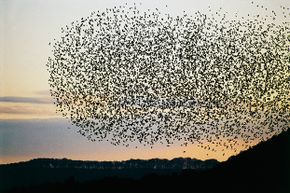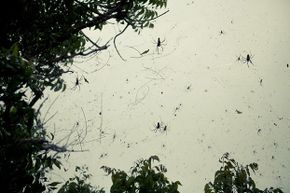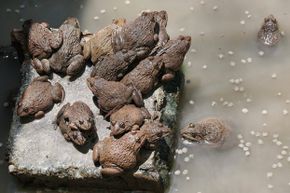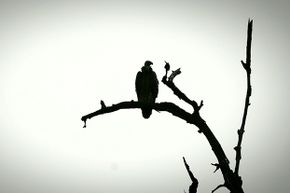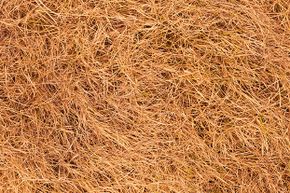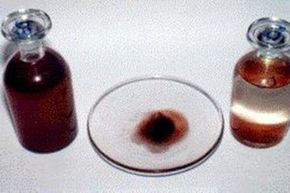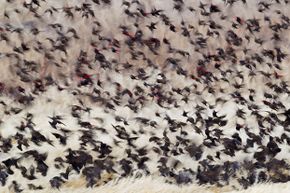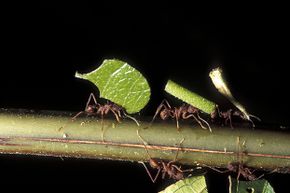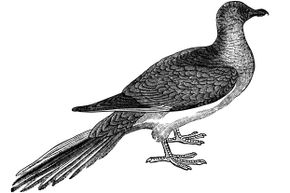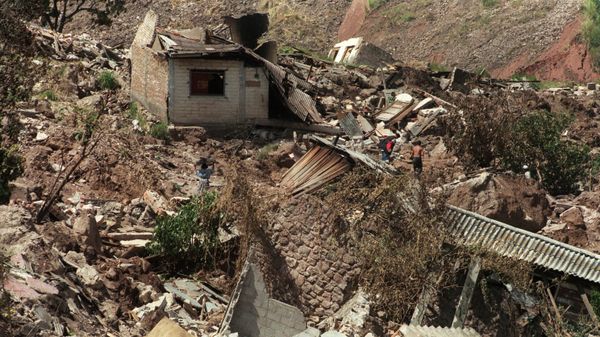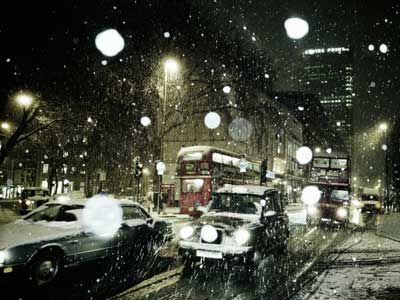What's that up falling from the sky? You usually see rain, sometimes hail or snow, depending where you live. But what if you saw fish or frogs? Or blood or worms? All of these have been reported at various times in history.
But how can it rain things not made from water? In truth, these objects don't really fall from the clouds. More likely, they're swept up from the ground via a tornadic waterspout, a column of air that forms over land and then spins over the sea. It's strong enough to suck up any small objects in its path and carry them along. Once the waterspout loses energy, the objects start falling down to Earth [source: The Library of Congress].
Advertisement
That's not the only way strange items have "rained" down on people. Sometimes, it's just a misunderstanding. People may report that it's raining worms or birds, for example, when a strong storm simply washes worms out of their underground burrows or knocks birds from their treetop perches [source: The Library of Congress].
That being said, there are still some cases of raining objects that remain a mystery. We'll explore both the explainable and the unexplainable in our list, starting with a very fishy story.
